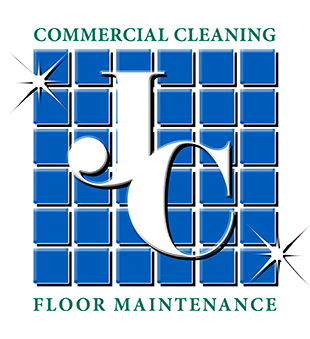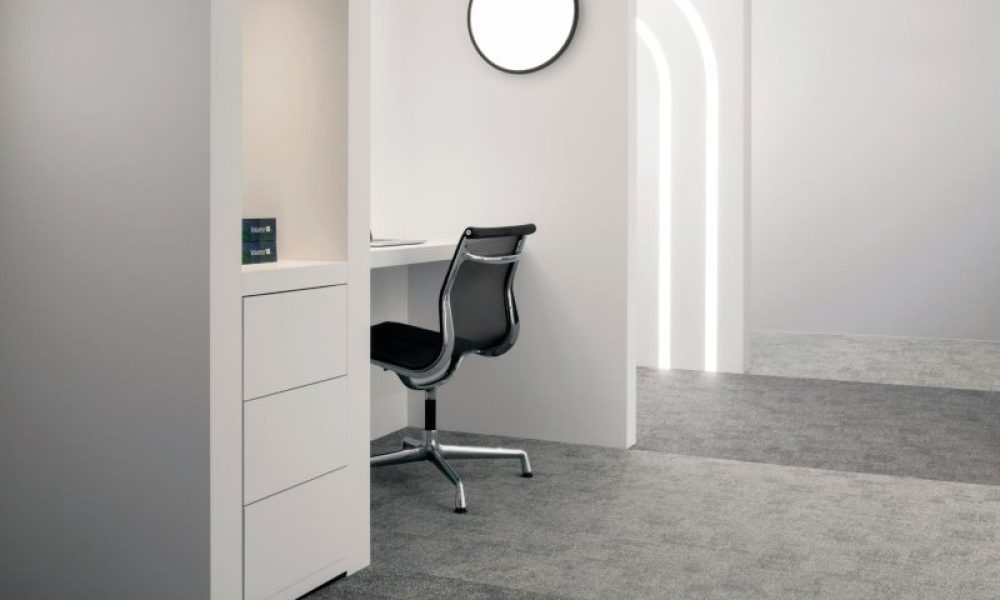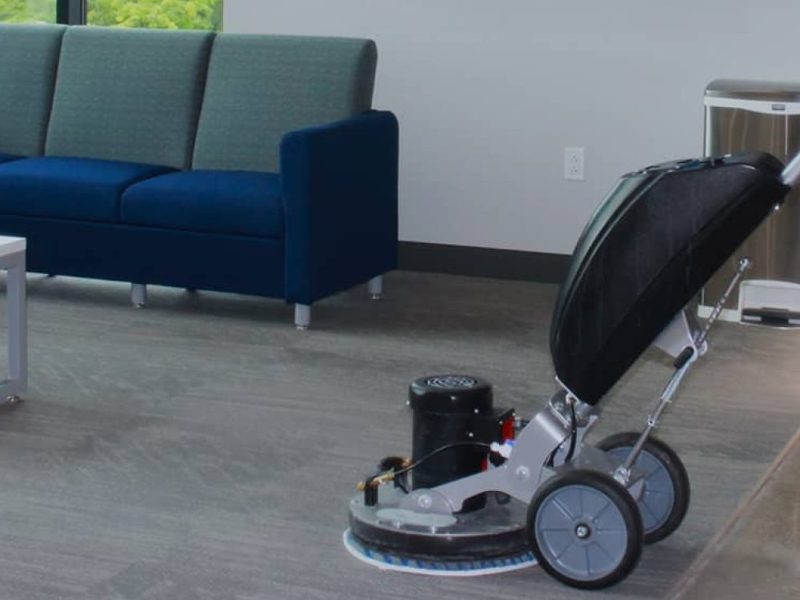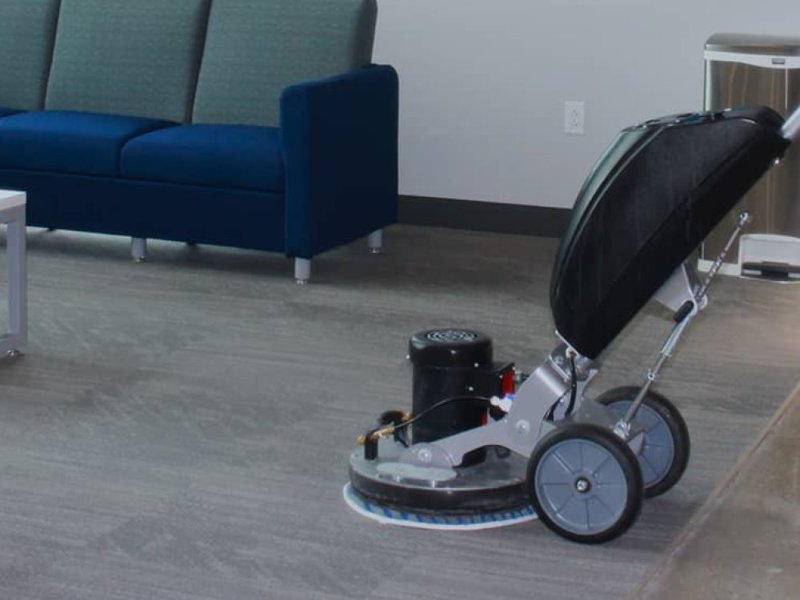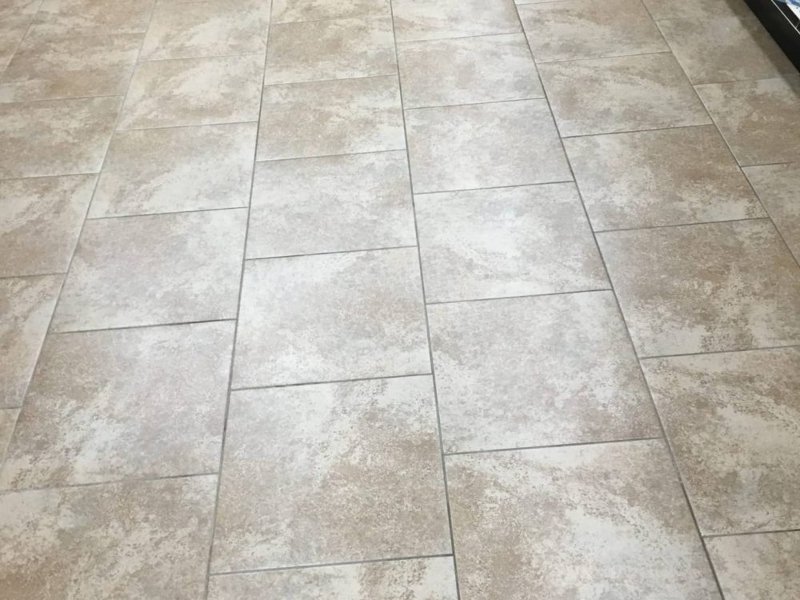Indoor air quality is a critical factor in maintaining a healthy and productive work environment. Often overlooked, commercial carpets play a significant role in the air quality of business spaces. Over time, carpets accumulate dust, dirt, allergens, and pollutants that can adversely affect the well-being of occupants. Professional commercial carpet cleaning emerges as a solution to not only enhance the aesthetic appeal of the workspace but also to promote cleaner and healthier indoor air. In this comprehensive guide, we will delve into the importance of indoor air quality in commercial settings and how professional carpet cleaning contributes to creating a workspace where occupants can breathe easy.
Understanding Indoor Air Quality in Commercial Spaces
Indoor air quality refers to the air quality within and around buildings and structures, particularly as it relates to the health and comfort of occupants. Poor indoor air quality can lead to various health issues, including respiratory problems, allergies, and fatigue. In commercial spaces, where employees spend a significant portion of their day, maintaining optimal indoor air quality is crucial for their well-being and productivity.
Common contributors to poor indoor air quality in commercial settings include:
- Dust and Particles: Carpets act as filters, trapping dust, dirt, and airborne particles. Over time, this accumulation can become a reservoir of allergens and pollutants.
- Allergens: Allergens such as pollen, pet dander, and mold spores can find their way into commercial carpets, leading to discomfort and allergic reactions among occupants.
- Microorganisms: Bacteria, viruses, and fungi can thrive in the fibers of carpets, especially in high-traffic areas. This can contribute to the spread of illnesses among employees.
- Chemical Pollutants: Commercial spaces often use various chemicals, including cleaning agents, paints, and adhesives. These can release volatile organic compounds (VOCs) into the air, impacting indoor air quality.
The Role of Carpets in Indoor Air Quality
Carpets, being an integral part of commercial interiors, can either contribute positively or negatively to indoor air quality. While carpets provide insulation, noise reduction, and comfort underfoot, they can also harbor contaminants if not adequately maintained. According to our fellow carpet cleaning experts at Green Shark Cleaning, regular foot traffic, spills, and the accumulation of dust can turn carpets into reservoirs of allergens and pollutants.
The structure of carpets, with their fibers and backing, makes them effective at trapping particles. This is beneficial when the carpets are clean, but over time, without proper maintenance, they can become a source of indoor air pollutants. As employees move about and air circulates in the workspace, these pollutants can become airborne, contributing to an unhealthy indoor environment.
Benefits of Professional Commercial Carpet Cleaning
Professional commercial carpet cleaning goes beyond the surface-level removal of visible dirt and stains. It involves deep cleaning methods that target embedded contaminants, allergens, and microorganisms. Here are some key benefits of investing in professional carpet cleaning for commercial spaces:
a. Removal of Allergens and Contaminants
Professional carpet cleaning services utilize advanced cleaning techniques and equipment that go deep into the carpet fibers. This thorough cleaning process effectively removes allergens such as dust mites, pollen, and pet dander, providing relief to employees who may suffer from allergies.
b. Elimination of Bacteria and Germs
Carpets can harbor bacteria, viruses, and fungi, especially in areas with high foot traffic. Professional cleaning involves the use of specialized cleaning solutions that target and eliminate these microorganisms, contributing to a healthier workspace and reducing the risk of illness among employees.
c. Improved Indoor Air Quality
By removing accumulated dust, dirt, and pollutants from carpets, professional cleaning significantly improves indoor air quality. This, in turn, can lead to a more comfortable and healthier work environment, reducing the likelihood of respiratory issues and allergic reactions among employees.
d. Prolonged Carpet Life
Regular professional cleaning not only improves air quality but also extends the lifespan of commercial carpets. Removing built-up dirt and debris prevents premature wear and tear, ensuring that carpets remain in good condition for a more extended period.
e. Enhanced Aesthetic Appeal
Clean and well-maintained carpets contribute to the overall appearance of a commercial space. Regular professional cleaning helps preserve the original color and texture of carpets, creating a positive impression on clients, visitors, and employees.
f. Compliance with Health and Safety Standards
Maintaining a clean and healthy workspace is not only essential for employee well-being but also for compliance with health and safety standards. Professional carpet cleaning contributes to creating a hygienic environment that aligns with regulatory requirements.
Types of Professional Commercial Carpet Cleaning Methods
Professional carpet cleaning services employ various methods to address the diverse needs of commercial spaces. The choice of cleaning method depends on factors such as the type of carpet, the extent of soiling, and the specific requirements of the business. Here are common professional carpet cleaning methods:
a. Hot Water Extraction (Steam Cleaning)
This method involves the application of hot water and cleaning solution to the carpet, followed by the extraction of the solution along with loosened dirt and contaminants. Steam cleaning is effective for deep cleaning and is suitable for removing stubborn stains and allergens.
b. Dry Cleaning
Dry cleaning methods use minimal moisture and specialized cleaning agents to break down dirt and stains. This method is ideal for carpets that cannot withstand excessive moisture and allows quicker drying times.
c. Bonnet Cleaning
Bonnet cleaning involves the use of a rotating brush and absorbent pad to agitate and absorb dirt from the surface of the carpet. While this method provides a quick cleaning solution, it may not be as effective for deep cleaning.
d. Encapsulation
Encapsulation involves the application of a cleaning solution that forms crystals around dirt particles. Once the solution dries, the crystals can be easily vacuumed away. This method is known for its quick drying times and effective soil removal.
e. Shampooing
Shampooing is a traditional carpet cleaning method that involves the application of foamy shampoo to the carpet, followed by agitating and rinsing. While it can effectively remove dirt, it may leave behind residues and require longer drying times.
Choosing the Right Professional Carpet Cleaning Service
Selecting the right professional carpet cleaning service is crucial for achieving the desired results. Here are some factors to consider when choosing a service for your commercial space:
a. Experience and Expertise
Look for a carpet cleaning service with a proven track record in commercial settings. Experienced professionals understand the unique challenges commercial carpets pose and can tailor their approach accordingly.
b. Certifications and Training
Ensure that the cleaning technicians are certified and undergo regular training. Certification from reputable organizations demonstrates a commitment to industry standards and best practices.
c. Cleaning Methods and Equipment
Inquire about the cleaning methods and equipment used by the service. Ideally, the service should employ modern and efficient cleaning techniques that align with the specific needs of your commercial carpets.
d. References and Reviews
Check for customer references and reviews to gauge the satisfaction levels of previous clients. A reputable carpet cleaning service should be willing to provide references and have positive reviews from businesses similar to yours.
e. Cost and Value
While cost is a factor, consider the value offered by the service. A slightly higher upfront cost may be justified if the service delivers thorough cleaning, uses quality cleaning solutions, and contributes to prolonged carpet life.
f. Customized Solutions
Every commercial space is unique, and carpet cleaning needs can vary. Choose a service that offers customized solutions based on the specific requirements of your business.
6. Implementing a Regular Carpet Maintenance Plan
To reap the full benefits of professional commercial carpet cleaning, it’s essential to implement a regular maintenance plan. Here are some key components of an effective carpet maintenance strategy:
a. Scheduled Cleaning
Establish a regular schedule for professional carpet cleaning based on factors such as foot traffic, the nature of business activities, and the type of carpet. High-traffic areas may require more frequent cleaning.
b. Spot Cleaning
Encourage employees to report spills and stains promptly. Implementing a spot-cleaning routine for minor spills can prevent them from becoming stubborn stains that require more intensive cleaning.
c. Matting Systems
Place matting systems at entrances to trap dirt and moisture before they reach the carpeted areas. Regularly clean and replace these mats to ensure their effectiveness.
d. Vacuuming
Regular vacuuming is an essential part of carpet maintenance. Establish a consistent vacuuming schedule to remove surface dirt and prevent it from settling into the carpet fibers.
e. Air Quality Management
Implement measures to improve overall indoor air quality, such as proper ventilation, use of air purifiers, and regular HVAC system maintenance. This complements the efforts of carpet cleaning in creating a healthier work environment.
Conclusion
Investing in professional commercial carpet cleaning is a proactive step towards creating a workspace where occupants can breathe easy. Beyond the aesthetic benefits, the removal of allergens, contaminants, and pollutants contributes to improved indoor air quality, positively impacting the health and well-being of employees.
The choice of cleaning method, the selection of a reputable service, and the implementation of a regular maintenance plan are all crucial aspects of ensuring that commercial carpets not only look clean but also contribute to a healthier and more productive work environment. By prioritizing the cleanliness of commercial carpets, businesses can create a workspace where employees can focus, thrive, and truly breathe easy.
